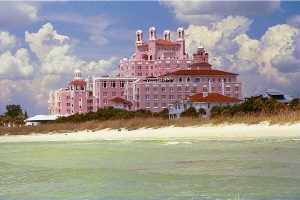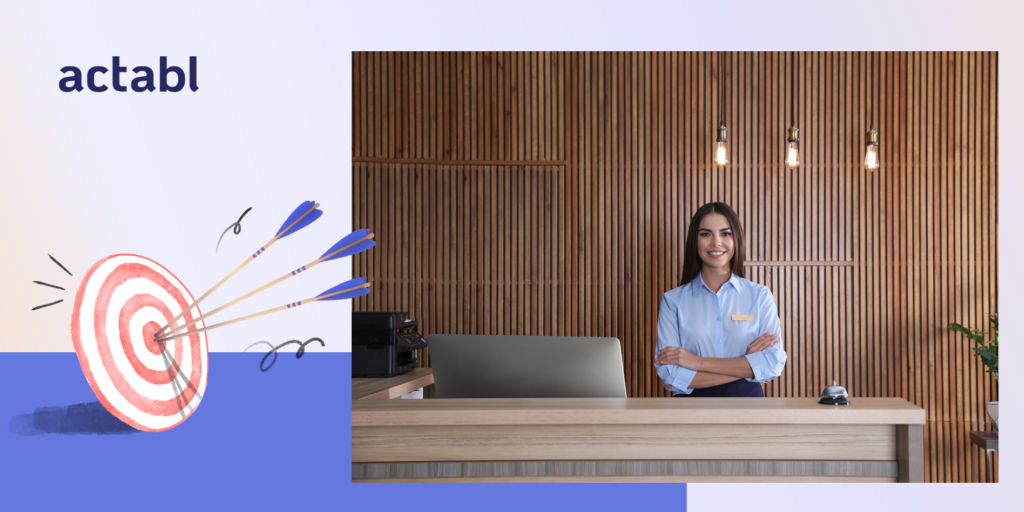
Why Is Maintenance the First Thing You Notice at a Hotel?
Just like meeting a person for the first time, it takes hotel travelers less than 60 seconds to form an initial impression of a hotel or resort. Travelers may first take notice of the parking, signage, decor, carpet, or even the smell. Although each visitor is keyed to something different, each first impression is influenced by maintenance management.
The Maintenance Gauntlet

The First Maintenance Test – Arrival
How can a hotel make sure that travelers enter the premises with a positive attitude? A 5 star hotel on the inside can seem like a campsite if lights are missing from the neon signs, the parking lot is gutted with potholes or the smell once the doors are opened is like a bait shop. Some hotels make use of a morning or nighttime walk through to identify problems. The problem with a walk through is that staff are accustomed to the hotel smells, oblivious to signage unless it is spitting flames and generally do not notice something that is the same as the day before.
The Lobby Maintenance Test
Once travelers step inside the hotel or resort, the second set of maintenance test begins. Common items for travelers to notice include the decor, carpet, condition of lobby furniture, hotel shine and bathrooms. Stained carpets, leaking fixtures in the bathrooms, smelly or rusting furniture etc. can either negate a good first impression or convince travelers they are going to have a bad stay.
The Room Maintenance Test
Room maintenance is where a hotel or resort can permanently lose a customer. Room cleanliness is crucial to an enjoyable stay at a hotel. Room factors may include, bedspreads, carpet, bathroom/shower area, security and smell. Hotel cleaning staff may be responsible for neatness and bathroom soap scum but room maintenance involves everyone. For example, are the A/C vents clean? Do they shows signs of dust or rust? If A/C is provided with a room unit, how often is it inspected to be in working order? The same principle applies to game units, IPod docking stations, kitchen equipment or windows. Hotel rooms with assets that do not work will leave a bad impression.
The General Facilities Test
The last of the major maintenance tests are how well are the hotel facilities maintained. This covers assets such as common areas, boilers, chillers, elevators, fitness centers, business centers, pool, spas and safety equipment. Loose railings, broken fixtures, visible water damage and so on are more than just a negative image factor, they also present major liability issues.
How a CMMS Picks up the Hotel and Resort Maintenance Gauntlet
How can hotel management perform maintenance in so many areas and still keep a handle on expenses? One solution is a hotel CMMS designed to schedule, record and track all maintenance activity at a property. When implemented, a CMMS will schedule regular inspections of assets in all of the maintenance areas described above. For example, web-based CMMS software can schedule inspections on parking areas once a month or on room A/C units once a week.
Inspection results are transmitted back to management via handheld devices enabling minor repairs to be scheduled before they become major expenses or liability magnets. The early identification of problems also allows hotel management to schedule the work orders at low traffic or during regular hours. This avoids unplanned overtimes hours and minimizes traveler inconvenience.
Preventive maintenance with a CMMS is handled in much the same way as inspections. The CMMS schedules all work ordersand records the results. This gives hotel facility two very important advantages. The first advantage is that maintenance is proactive which will keep assets in better working condition which makes equipment last longer and run more efficiently. Proactive maintenance practices save money on labor, parts, replacements and energy. For example, some hotels have door sensors that automatically shut off the A/C when the door is open. Making sure these are in working order can save a lot in utility bills.
The second major advantage is that by recording all asset detail and maintenance history, hotel and resort facility managers can have a very accurate record of an asset’s lifecycle. This can be useful for capital budgeting as well as showing proper care was performed to reduce liability claims from accidents.
The Test of Time
A CMMS solution is a long term investment that can also have a positive impact in the short term by lowering operating expenses and reducing the likelihood of major unplanned repairs. Well run hotels have well run facilities maintenance. These hotels stay in business over the years because travelers know they are well kept and return for multiple stays. It makes sense to use a CMMS when hotel management understands it costs less to get a client to return than to get a new client.
Tell us where your first impressions of a hotel or resort are formed. If you liked this article, you may also enjoy reading:







